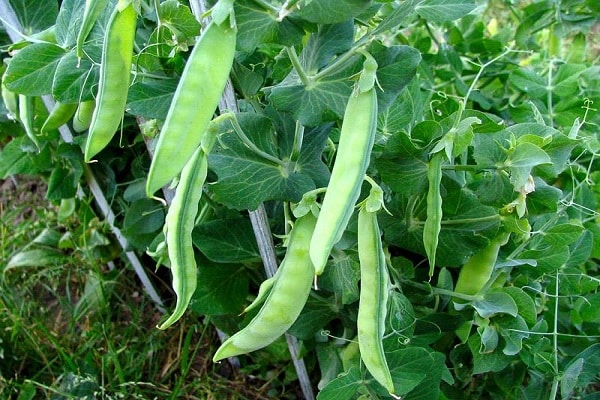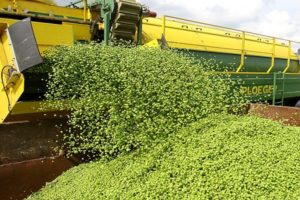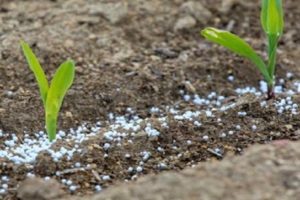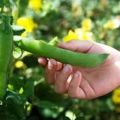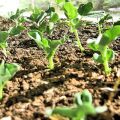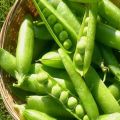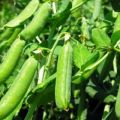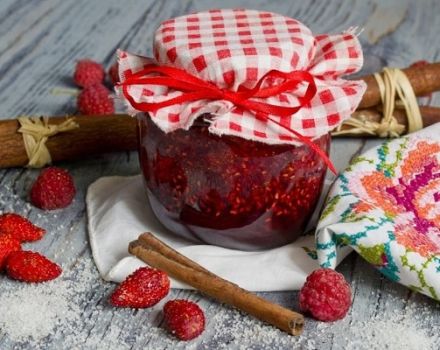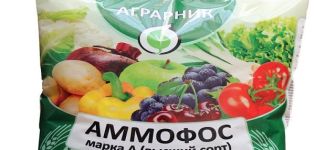How to properly plant and grow peas indoors and in a greenhouse
Knowing how to plant peas indoors will be useful to any greenhouse owner. If you are a small lover of pea dishes, then plant it as a siderat. Intensive greenhouse operation requires constant care of the condition and health of the greenhouse soil.
Rules for crop rotation of peas in a greenhouse
Planting the same vegetables in the greenhouse, summer residents deplete the soil, harmful microorganisms and pest larvae characteristic of a particular culture (tomatoes, peppers, cucumbers) accumulate in it. Peas are a vegetable crop with which you can enrich the soil with nutrients and get rid of the accumulated infection.

This is a cold-resistant vegetable, so early ripening varieties can be planted in the greenhouse as early as April. And in the summer, after harvesting an early harvest, plant more thermophilic crops instead:
- tomatoes;
- cucumbers;
- zucchini;
- peppers.
The vegetable will not only delight summer residents with early, healthy pods, it will perform all the functions of green manure to improve the soil.
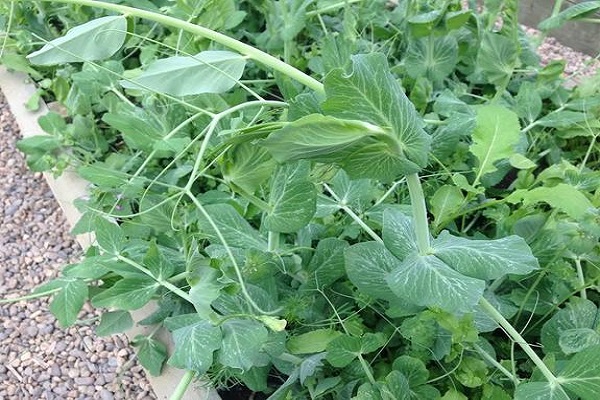
What kind of soil is suitable for peas?
The crop does not thrive on acidic soil with a pH of <7. If your greenhouse has acidic soil, you cannot grow strong plants without liming it. The first signs of poor soil: thin, frail stems and small pods.
Using litmus paper, find out the soil pH and, if necessary, carry out liming: add 350 g of lime per square meter. Lime can be replaced with other preparations: dolomite flour, chalk. Wood ash also reduces acidity. The culture grows poorly on sandy soil and on salt licks. Soil qualities that have a positive effect on the harvest:
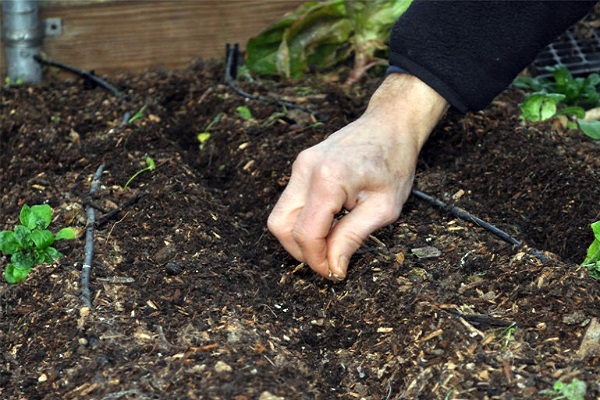
- high humus content;
- good air and moisture conductivity;
- lack of stagnant water.
Loamy soil will be ideal for a vegetable, it is fertile enough, moderately retains moisture.
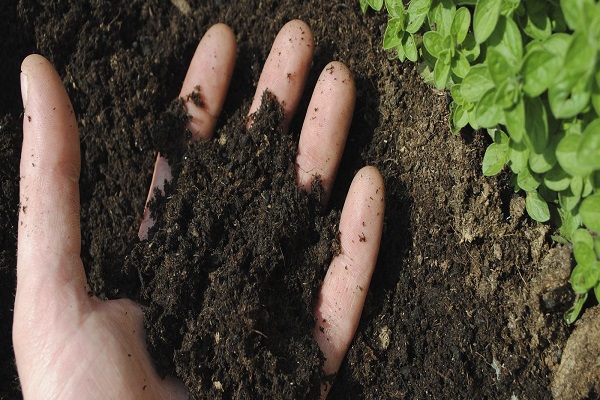
Choosing a variety for a greenhouse
Before purchasing seed material, you need to understand the varieties of peas and the purpose of use. There are three types:
- sugar;
- semi-sugar;
- peeling.
Sugar and semi-sugar varieties form tender, juicy pods, which are used fresh and as raw materials for the manufacture of canned food and freezing. Shelling peas dried, its main purpose is to make soups.

Another characteristic that is taken into account when choosing a pea variety is the ripening period. To get several harvests of peas in a greenhouse per season, this is taken into account and varieties are chosen:
- early;
- mid-season;
- late.
Popular among the early ones: Berkut, Yantar, early Gribovsky, Vera, Premium. From mid-season, the most common: Winner, Viola, Emerald. Late varieties planted by summer residents and farmers: Atlant, Late cerebral.
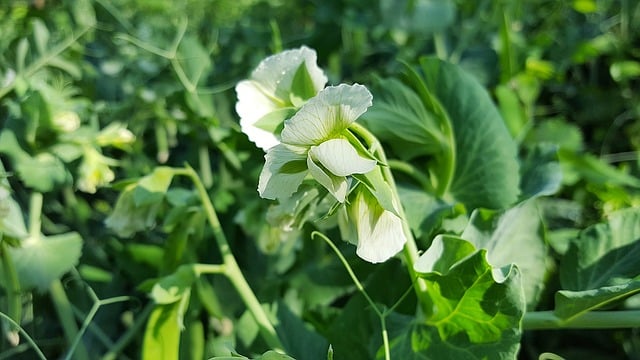
Seed treatment
There are two methods of planting seeds in the greenhouse soil:
- dry;
- soaked.
Both options have one goal - to speed up the harvest. When planted with dry seeds, the plants at the first stage lag behind in growth, since they germinate longer, but then stronger and more productive bushes grow out of them.

How to properly soak peas for planting:
- dissolve 1 tbsp in a glass of water. l. salt and soak all the selected seeds, bad ones float, full-fledged ones sink to the bottom, they need to be used for planting;
- the next stage will take 12 hours, pea seeds are completely poured with warm water, changing it every 3 hours;
- before planting, the water is drained, the peas are wrapped in a cotton cloth for drying.
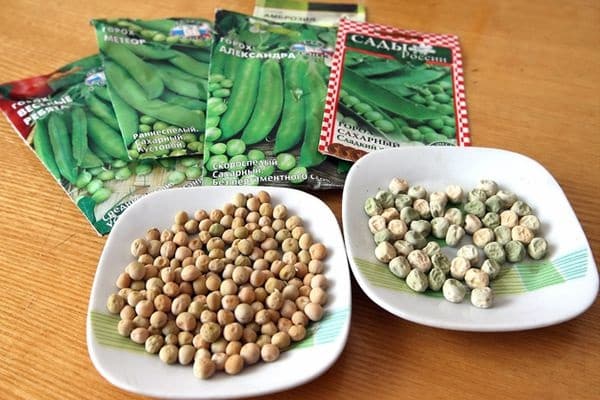
Disembarkation
There are two goals for growing peas in a greenhouse:
- getting an early harvest;
- improvement of soil structure.
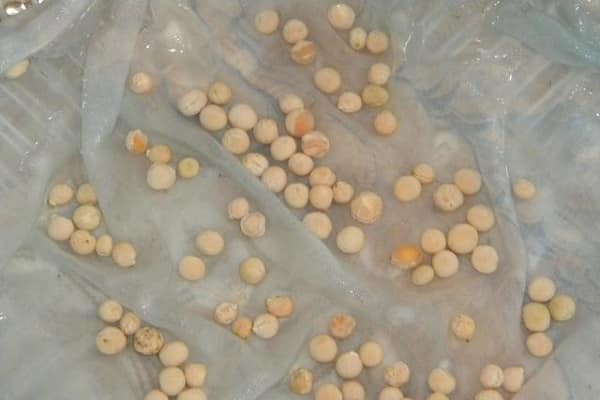
Planting seeds
Prepared seeds are planted in a greenhouse in early April. Furrows are marked with a depth of 3 cm, leaving a distance of 20–25 cm between them. Water them with warm water. The seeds are spread after the soil has settled after watering. The planting step is 5 cm. The planting depth is at least 3 cm.
If the distance between the rows is wider than 25 cm, then planting peas combine with other cultures:
- salad;
- radish;
- sheet parsley.
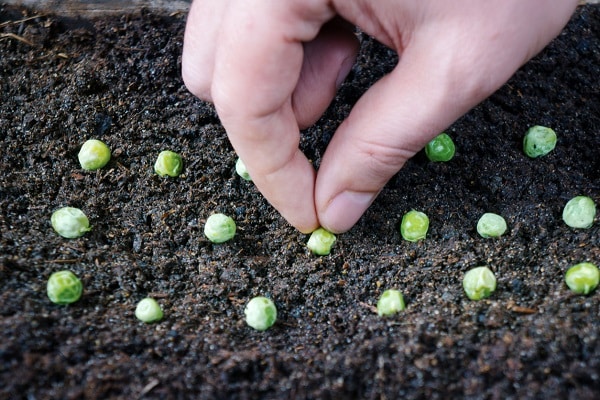
Transplanting
It takes 3 weeks to grow seedlings, a box for seedlings, garden soil taken from the garden ridge and the seeds themselves. Sow peas densely, cover with a layer of soil 3 cm. Seedling care:
- watering;
- natural or artificial lighting;
- feeding with microfertilizers.
At the age of 3 weeks, seedlings can be planted in a permanent place.
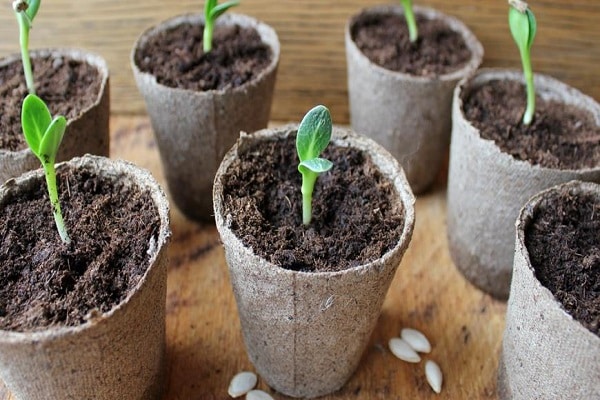
Temperature regime
High temperatures impair the quality of the peas and their productivity. To plant seeds in a greenhouse, the optimum temperature of the soil and air should be no more than 12 ° C. In the summer heat, peas are not planted, there will be no sense. For autumn consumption or soil health, you can sow peas in the last days of August. In spring, peas are sown from March to April and can withstand temperatures as low as -6 ° C.
For growing pods for freezing, it is worth choosing early-ripening sugar and semi-sugar varieties. Pea care is not difficult, but to get quality pods, you cannot skip harvesting time, overripe pods lose their nutritional value.
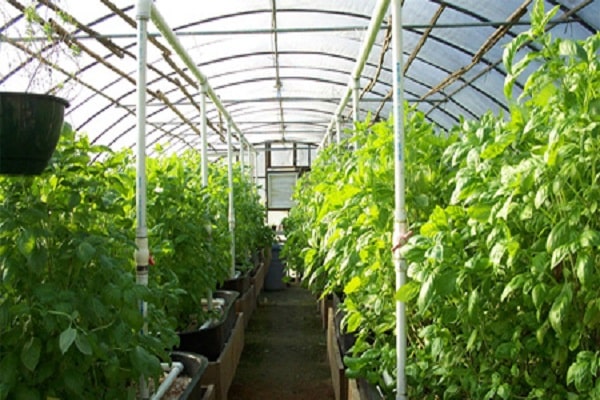
Watering
This is a moisture-loving culture. The soil should always be moderately moist. It is not recommended to overdry it - the quality of the fruit deteriorates. In hot weather, the volume of watering is increased. To prevent the stems from rotting, stakes are installed along the ridge or a mesh is pulled.
For medium-sized varieties, supports with a height of 1 m are sufficient, for tall peas, the support is placed higher (1.5 m). Low-growing species do without stakes. Water the plants at the root. In the intervals between waterings, the soil is loosened, simultaneously removing weeds.

Top dressing
Fertilizers are applied to the soil during planting. Dig up the soil deeply (30 cm) and add:
- 4 kg of humus;
- potassium salt 1 tbsp. l .;
- superphosphate 1 tbsp. l.
It is better to prepare liquid fertilizer from urea (1 tablespoon per bucket of water) and water the soil before sowing.
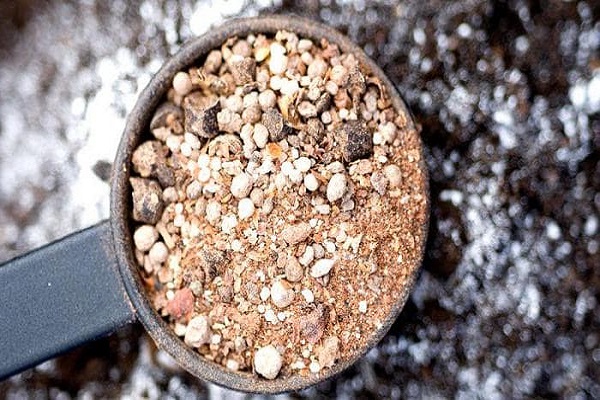
Diseases and pests
The main disease is powdery mildew. It is better to fight it with folk methods. Planting peas can be sprayed with sow thistle infusion. To prepare the infusion, you need to take 300 g of crushed leaves, pour 10 liters of water and leave for 10 hours. The treatment must be repeated after 7 days.
Of the pests, you need to beware of leaf rollers, their caterpillars destroy the delicate leaves of young plants and pods. Save from insects:
- early planting of seeds;
- deep digging of the soil in the fall;
- processing with tobacco dust.

Harvesting and storage
Harvesting time depends on the species. Hulling varieties are harvested when the peas gain maximum weight and size, and their peel is green without a white mesh. If the color of the peel is white or yellowish, then this is a sign of an overripe fruit, they lose their taste and marketability.
Signs of readiness to harvest sugar varieties:
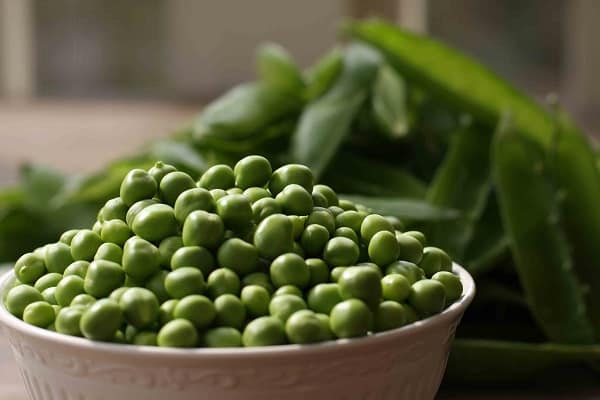
- the color of the pods is bright green;
- the shape of the pods is flat;
- seeds are small, underdeveloped.
It's time to get started growing peas in the greenhouse. You will kill two birds with one stone: clean up the soil and add a healthy and tasty vegetable to your diet. Light green pea soups and delicious salads with green peas will benefit your health and add variety to your spring and winter menus.
